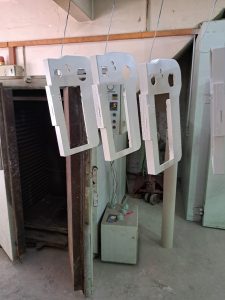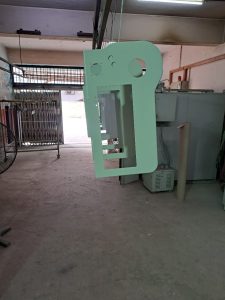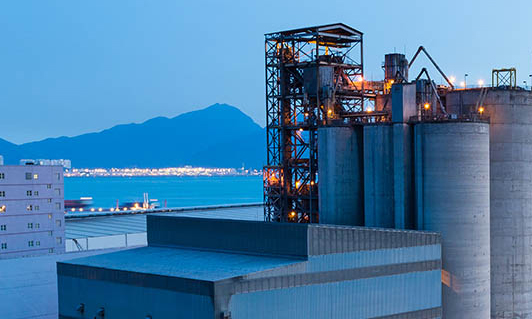![]() Certified ISO 9001:2015
Certified ISO 9001:2015


Painting and Powder Coating
Painting
Painting is the process of applying a liquid coating (wet paint) that cures into a protective film.
Thickness: usually 15–30 microns per coat.
Can be applied by spray, brush, or dip coating.
Wide range of colors, gloss levels, and textures.
Protects against corrosion and provides aesthetic appeal.
Inexpensive.
Unlimited color options.
Easy to apply and touch-up.
Good for large or irregularly shaped parts.
Automotive body parts.
Industrial machinery.
Construction equipment.
Household appliances and furniture.
Powder coating uses a dry, free-flowing powder (thermoplastic or thermoset) that is electrostatically charged and sprayed onto a grounded metal part, then cured under heat.
Thickness: usually 60–120 microns.
Forms a hard, tough, and smooth surface.
Available in many colors, textures, and finishes (glossy, matte, metallic).
Much more durable than painting.
Resistant to chipping, scratching, and fading.
Provides good corrosion resistance (with proper pretreatment like phosphating).
Eco-friendly — contains no solvents (unlike paint).
Car wheels, chassis parts.
Outdoor furniture, fences, and railings.
Appliances (refrigerators, washing machines).
Architectural metalwork (aluminum profiles, building facades).
